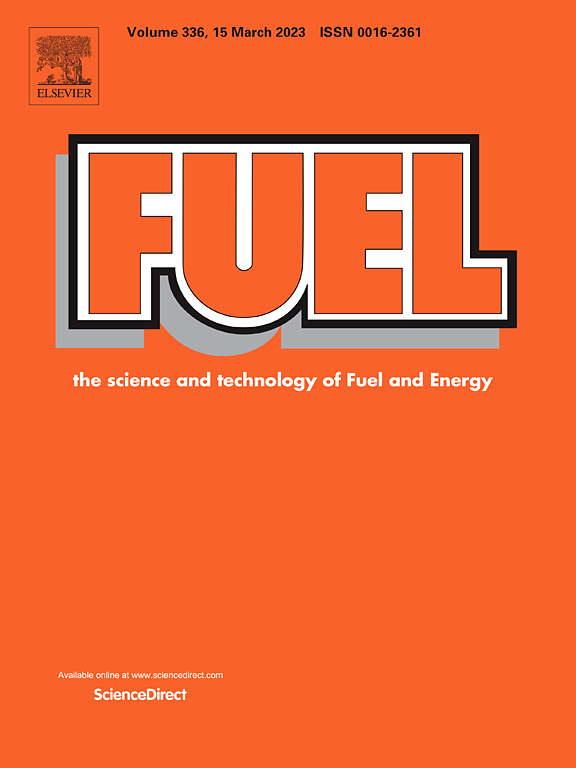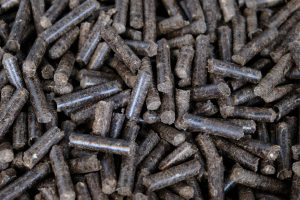Biomass potassium impregnation is used to increase thermal degradation by catalytically influencing the wood components’ conversion mechanisms during torrefaction. Chemical composition of the biomass, including potassium content and process temperature and time, appear as (catalytic or not) torrefaction parameters that impact weight loss, which can be considered performance indicators. The literature on torrefaction reports process performance evaluation by defining severity indexes. Evaluating the torrefaction performance by indexes provides valuable and dimensionless data as input in numerical modeling for up-scaling the analysis of production systems and assessing environmental products and processes. Nevertheless, no study presents an assessment of the torrefaction indexes correlating the potassium catalytic effects with the operating parameters (temperature and time) and the feedstock sensitivity, simultaneously. Therefore, this study examines the effect of biomass potassium impregnation on weight loss kinetics, employing different indexes such as the torrefaction severity index (TSI), the torrefaction catalytic effect index (TCEI), the catalytic index (CI) and modified torrefaction severity factor (TSFmod) to quantify the catalysis on torrefaction. Two hardwoods, Amapaí (Brosimum potabile Ducke) and Eucalyptus (Eucalyptus urophylla × E. camaldulensis), were demineralized and impregnated with different K2CO3 concentrations and then torrefied at 275 °C for 80 min. The process results enabled the assessment of the accuracy of the correlation between the indexes and the non-condensable volatile release during catalytic torrefaction. The TCEI provided the identification of two catalytic enhancement regions marked by 15 and 17 min holding time for Amapaí and Eucalyptus. The CI and TSFmod presented R2≥ 0.97 when validated against the TSI, supporting their accuracy as a performance indicator. The correlation between indexes and non-condensable gases presented significance for 88% of the evaluated cases. The results of the TSI, TCEI and CI indexes as performance indicators are conducive to quantifying the catalytic level for torrefaction operation, reactor design, and production of added-value biofuels.





